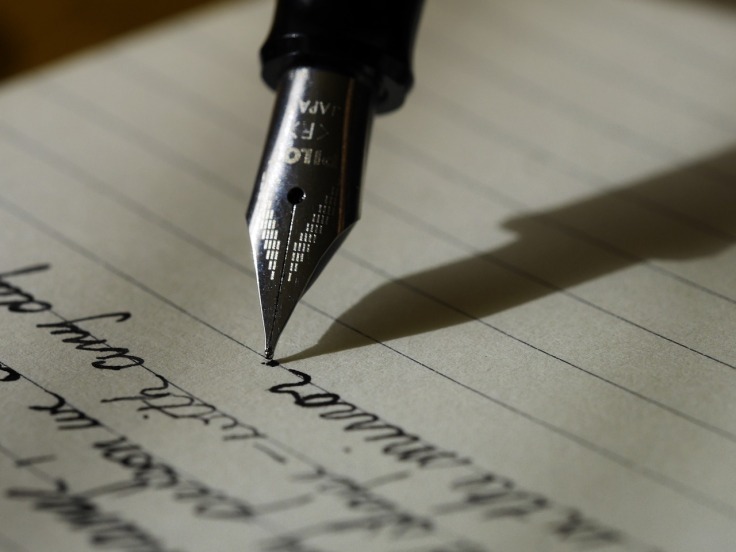This is a follow up to my last post describing 10 literary devices. For my post I tried to mostly come up with my own examples of each device, and it was sometimes a little challenging. I think this makes for a great writing exercise, so, now it’s your turn! I’m taking my last post but leaving the examples blank. Can you come up with a sentence using each literary device? You may want to refer to the references listed at the bottom for further explanation and examples of each device!
Review: What exactly are literary devices, you may ask. Well, literary devices are tools used by writers to add depth, artistry, and imagery. They are common and therefore identifiable to the audience (the readers). And there are a LOT of possibilities. This post will define 10 of these tools.
Allegory: Using concrete examples to explain a more abstract idea. E.g.________________________________________________________________________________________________________________________________________
Allusion: Referencing a well known person, place, work, or other cultural reference. E.g._________________________________________________________________________________________________________________________________________
Anaphora: Taking the beginning of a sentence and repeating it for aesthetic emphasis. E.g._________________________________________________________________________________________________________________________________________
Cacophony: Using words with sounds that sound unpleasant together. E.g._________________________________________________________________________________________________________________________________________
Foil: This device is actually using a character whose oppositeness to another provides emphasis.
E.g._________________________________________________________________________________________________________________________________________
Foreshadowing: Cluing the reader in on what may come.
E.g._________________________________________________________________________________________________________________________________________
Hyperbole: An extreme exaggeration to make a point.
E.g._________________________________________________________________________________________________________________________________________
Portmanteau: Mixing two words together to fashion a new one.
E.g._________________________________________________________________________________________________________________________________________
Spoonerism: Swapping the initial letters of words for potential effects of wit or humor.
E.g._________________________________________________________________________________________________________________________________________
Synecdoche: naming a part with the intent of referring to the entire thing. E.g.________________________________________________________________________________________________________________________________________
How did it go? Did you have a favorite one to use?


























